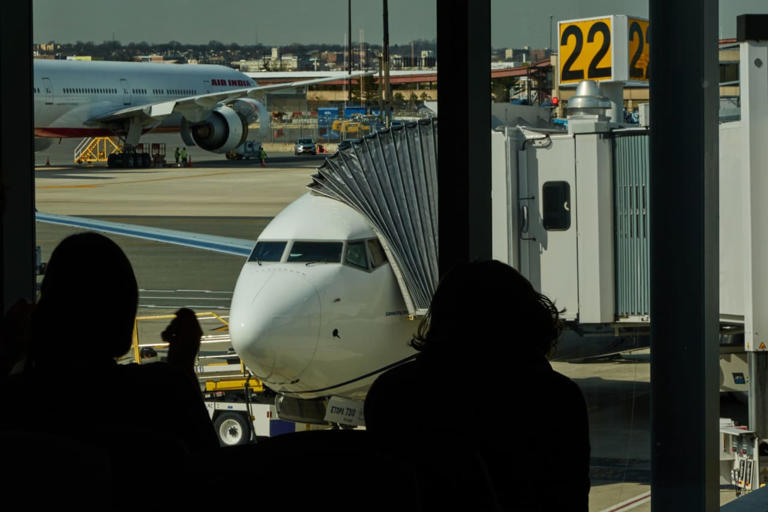Boeing’s CFO, Brian West, tempered Wall Street’s expectations for the company’s free cash flow in 2024, but Boeing’s shares saw a 3.5% rise anyway. Despite this positive reaction, investors have reason to be skeptical as Boeing’s free cash flow targets appear unrealistic.
In November 2022, Boeing outlined plans to achieve $10 billion in annual free cash flow by either 2025 or 2026. While West affirmed on Wednesday that they still aim to reach $10 billion, he acknowledged that it would take longer than initially anticipated, urging patience.
However, Boeing faces a pressing need to invest in a new medium-size aircraft. The discussion about Boeing’s next single-aisle jet has been ongoing since at least 2015, when the company was considering replacing the 757 jet. Although former CEO Dennis Muilenburg entertained the idea, current CEO Dave Calhoun effectively abandoned it in November 2022.
Calhoun expressed reluctance to fill a gap in the product line and emphasized the importance of waiting for advancements in engine, manufacturing, and materials technologies before committing to a new aircraft. This decision was compounded by the substantial funds diverted to rectify issues with the 737 MAX program.
Nevertheless, Boeing’s product line still exhibits a significant gap, particularly in the segment dominated by the Airbus A321neo, which has surpassed the MAX in market share for single-aisle planes carrying over 200 passengers. Boeing’s failure to replace the 757 adequately has left a void that needs addressing.
The Airbus A321neo’s capacity exceeds that of the MAX, further highlighting the disparity between the two aircraft models. Despite the seemingly minor difference in passenger capacity, airlines place considerable importance on such distinctions, as evidenced by their order preferences.
Boeing and Airbus have engaged in a longstanding rivalry, with each company introducing new jets every decade or so. Boeing’s lineup includes the 737 Classic, 737 Next Generation, 737 MAX, and 757 jets, while Airbus has rolled out the A320, A320neo, A321, A321neo, and A318 jets.
With the introduction of a significantly new jet roughly every 10 years, Boeing faces pressure to unveil something new in the near future, especially considering the MAX was launched in 2017. However, developing a new aircraft entails substantial spending, which could jeopardize Boeing’s free cash flow targets.
Following CFO Brian West’s remarks, BofA Securities analyst Ron Epstein revised his near-term free cash flow estimates downward. He now anticipates Boeing generating $686 million in free cash flow in 2024, $4.8 billion in 2025, and $6.1 billion in 2026. Previously, he forecasted figures of $4.2 billion, $6.3 billion, and $8 billion, respectively.
Epstein suggests that Boeing should consider investing in new plane development, although the additional cash required remains uncertain. In the years leading up to the launch of the 787 in 2011, Boeing allocated approximately 10% of sales annually to capital equipment and R&D. Recent spending has averaged around 6% of sales.
Introducing a new aircraft could potentially increase Boeing’s annual spending by an additional $2 billion later in the decade, potentially revising the $10 billion free cash flow goal downwards.
Despite the challenges, Boeing investors may find solace in the fact that, based on an Airbus valuation multiple, achieving $8 billion in free cash flow by 2027 could result in a Boeing stock price of approximately $200 to $210 per share.
While Boeing’s current stock position may suggest an opportune moment for bold action, investors should temper their expectations. CFO West emphasized the need for advanced engine technology and aerodynamic investment, highlighting the importance of not rushing the development process.
